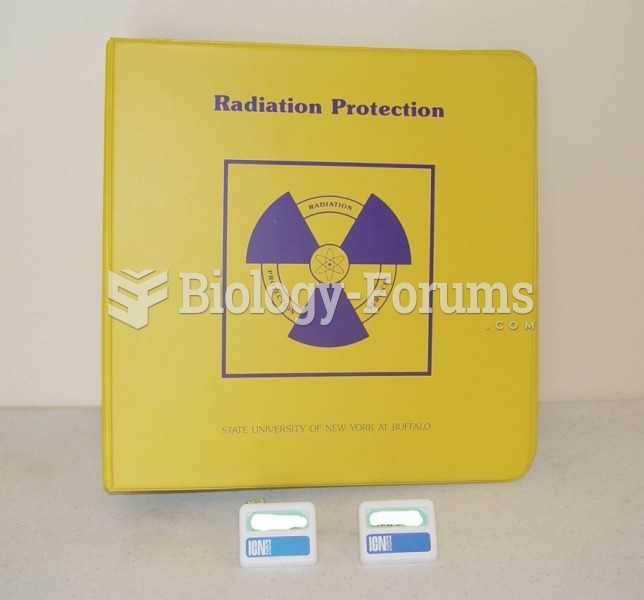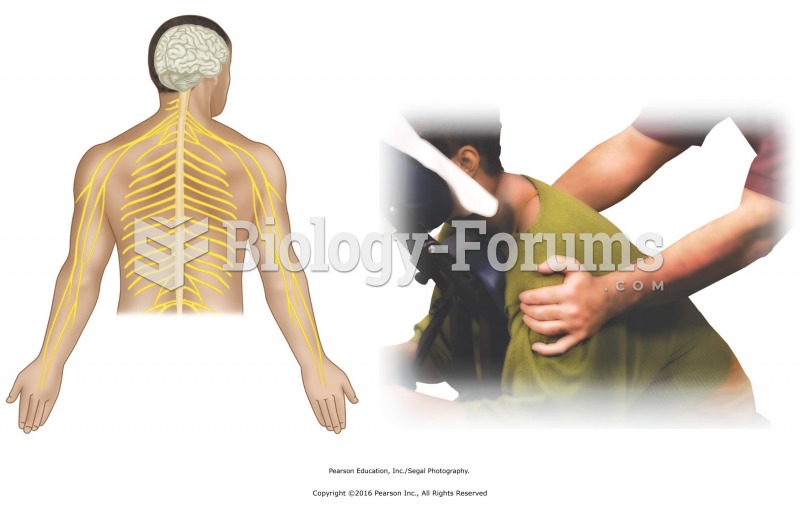Answer to Question 1
Answer: C
Explanation: C) Evaluate your organization, style, and tone to make sure your content is clear, logical, and reader oriented. Then work to improve the report's readability by varying sentence length, keeping paragraphs short, using lists and bullets, and adding headings and subheadings. Remember that even minor mistakes can affect your credibility.
Answer to Question 2
Answer: 1) Consistency can be thought of as visual parallelism, similar to textual parallelism that helps audiences understand and compare a series of ideas. You can achieve visual parallelism through the consistent use of color, shape, size, texture, position, scale, or typeface. 2) Contrast is used to emphasize differences, depict items in contrasting colors, such as red and blue or black and white. To emphasize similarities, make color differences more subtle. 3) Visual balance can be formal, in which the elements in the images are arranged symmetrically around a central point or axis, or informal, in which elements are not distributed evenly, but stronger and weaker elements are arranged in a way that achieves an overall effect of balance. Formal balance tends to feel calming and serious, whereas informal balance tends to feel dynamic and engaging. 4) When designing for emphasis, remember that audiences usually assume that the dominant element in a design is the most important, so make sure that the visually dominant element really does represent the most important information. 5) Convention is as critical in visual communication as it is in written communication. Just as written communication is guided by spelling, grammar, punctuation, and usage conventions, visual communication is guided by generally accepted rules or conventions that dictate virtually every aspect of design. In every culture, for instance, certain colors and shapes have specific meanings. 6) Simplicity is important. When you're designing graphics for your documents, limit the number of colors and design elements and take care to avoid decorative elements that clutter documents without adding any relevant information. Think carefully about using some of the chart features available in your software, too. Many of these features can actually get in the way of effective visual communication. For example, three-dimensional bar charts, cones, and pyramids can look appealing, but the third dimension usually adds no additional information and can be visually deceiving as well.







